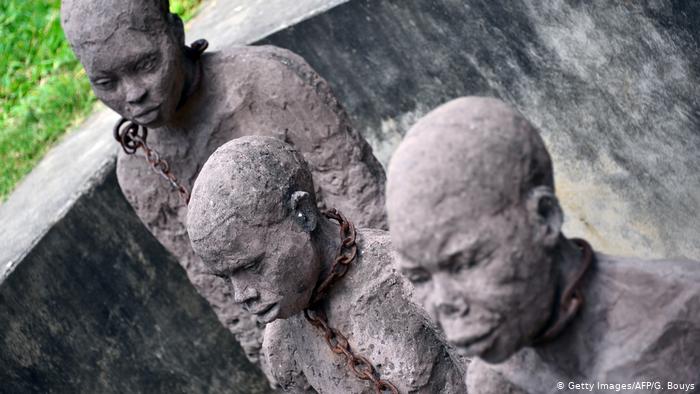Africa& #39;s Forgotten Slave Trade
I hope that the stories I& #39;ve told so far have revealed some of the richness and diversity of Africa& #39;s past.
As we well know, there is a darker side to the history of Africa and, in particular, its globally-desired resources and minerals.
The history and impact of the Trans-Atlantic Slave Trade, European expansion, and colonialism have been explored in great depth by a multitude of very gifted scholars and historians, such as @DavidOlusoga in recent times.
What is, perhaps, less well known is the history of the Indian Ocean slave trade which affected the coastal towns of east Africa including Kilwa, Zanzibar, and Mombasa.
As these towns grew in wealth and prominence, they attracted traders from south Arabia, what is today Oman. In order to maintain favourable relations with the Arabs, Swahili chiefs would often convert to Islam.
In their minds, then, these chiefs began to see themselves not just as Muslim, but as Arabs too. Because to be Muslim was to be Arab. They also seem to have distinguished themselves from those that lived not as well in the African interior, from whom they bought ivory.
And it is this shift in mentality and perceived identity that helped facilitate the transportation of millions of Africans from the east coast to Arabia and beyond.

 Read on Twitter
Read on Twitter



